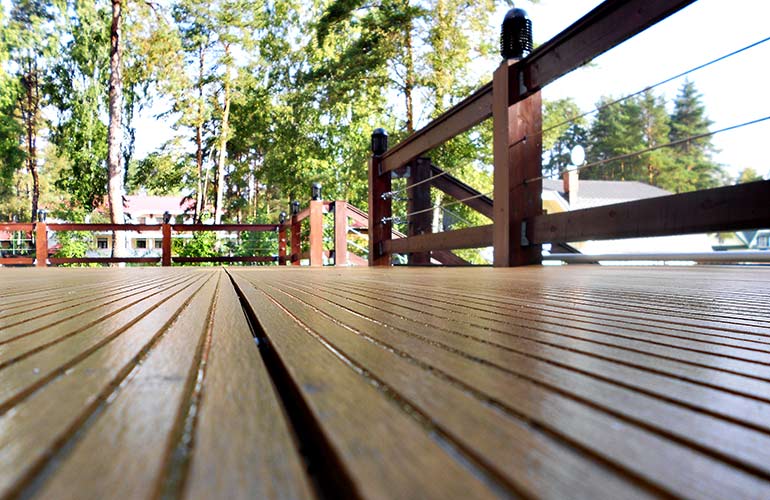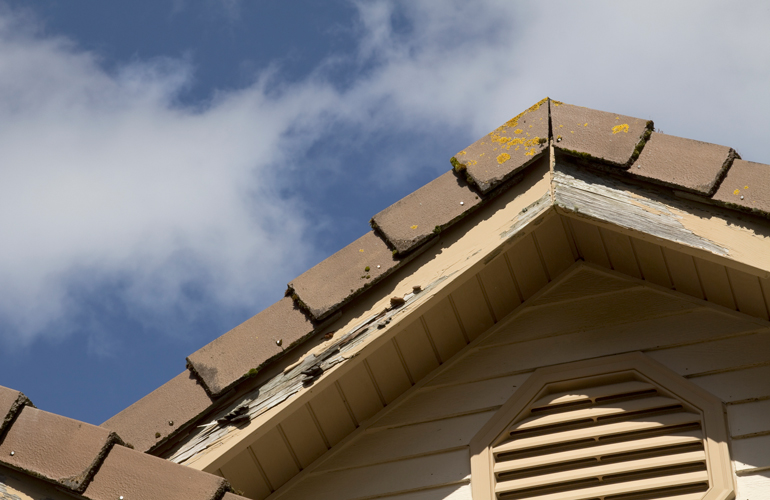Termites are terrifying

Termites are extraordinarily talented at destruction. They are a huge probably both in Australia and all over the world. According to the University of Technology Sydney, they cause more than $1.5 billion worth of damage to Australian homes each year.
You can prevent a termite crisis with regular inspections. Experts recommend one every one to three years while watching for signs of termites yourself. Professional exterminators shared a few other things they want you to know:
Moisture leaks are a big deal

“Excess moisture will attract termites and other household pests,” says Ralph Fisher at Earthwise Termite & Pest. If you have a leak in your home, remove or thoroughly dry all the saturated wood. Repair any dripping hose bibs or sprinkler issues, too.
“Termites need shelter, food (wood) and moisture to live,” says Eric Hoffer of Hoffer Pest Solutions. “Any moisture leak, such as in the roof or in the fascia, will allow termites to survive.” Also check tricky spots such as your air conditioning drip lines. They can pool up against the house, and termites will use that as a moisture source.
How important is a pest inspection before purchasing your next home?
Termites eat 24 hours a day, seven days a week

Nancy DeWitt, owner of Patriot Pest and Termite Control says, “Termites never sleep, which means they are continuously consuming wood and damaging your property.” Left untreated, it could seriously weaken the foundation and structure of your home.
But that’s not all. Termites don’t only eat wood. They’ll consume anything with cellulose, an indigestible fibre commonly found in plants. “So, aside from chewing on woods, they can feast into your garden plants, too,” DeWitt says.
Other materials containing cellulose include wallpaper, paper, books, clothing, furniture, cardboard boxes, etc. So instead of storing things in cardboard boxes, DeWitt recommends plastic bins for storage.
Here are 14 exterminator nightmares that will make you cringe.






